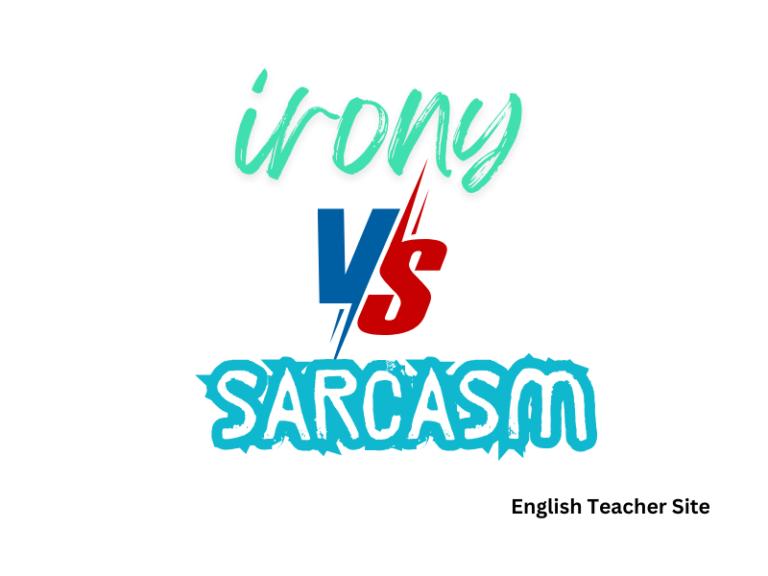What Are Verb Tenses Past Present Future: Understanding Time in Grammar
Each primary tense can be subdivided further to express various degrees of time and aspect, such as the simple past or present perfect tenses. These subtleties are key to articulating events with accuracy, showing not only when an action happened but also its duration or its completion. What are Verb Tenses: Past, Present, Future? In…










